SLUSEW3 October 2023 UCC27332-Q1
PRODUCTION DATA
- 1
- 1 Features
- 2 Applications
- 3 Description
- 4 Revision History
- 5 Pin Configuration and Functions
- 6 Specifications
- 7 Detailed Description
- 8 Applications and Implementation
- 9 Device and Documentation Support
- 10Mechanical, Packaging, and Orderable Information
Package Options
Mechanical Data (Package|Pins)
- DGN|8
Thermal pad, mechanical data (Package|Pins)
- DGN|8
Orderable Information
6.8 Typical Characteristics
Unless otherwise specified, VDD=12V, IN+=3.3V, IN-=GND, TJ = 25 °C, no load



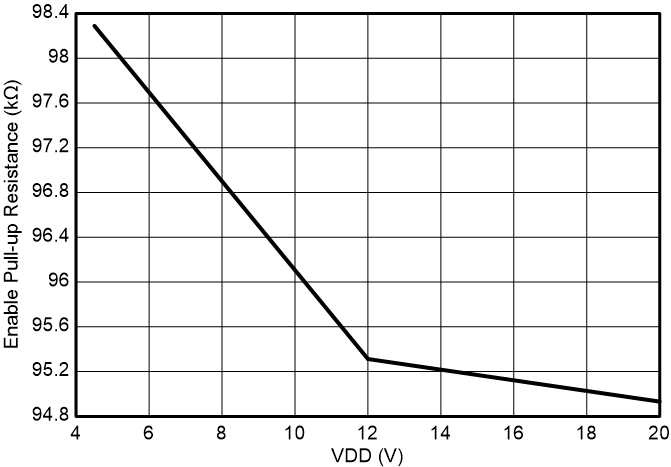
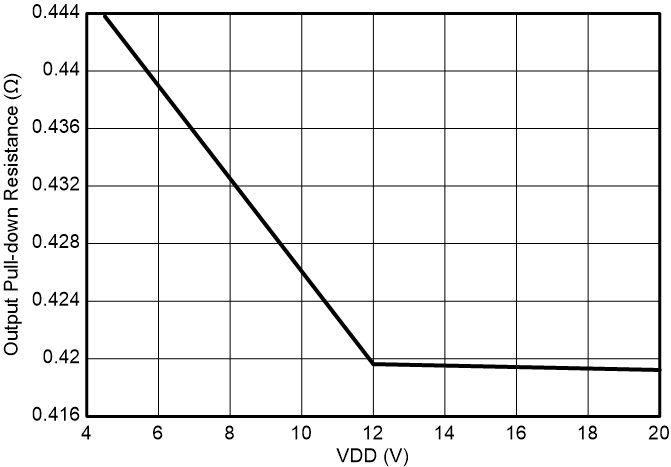

| CLOAD = 10 nF |

| CLOAD = 10 nF |
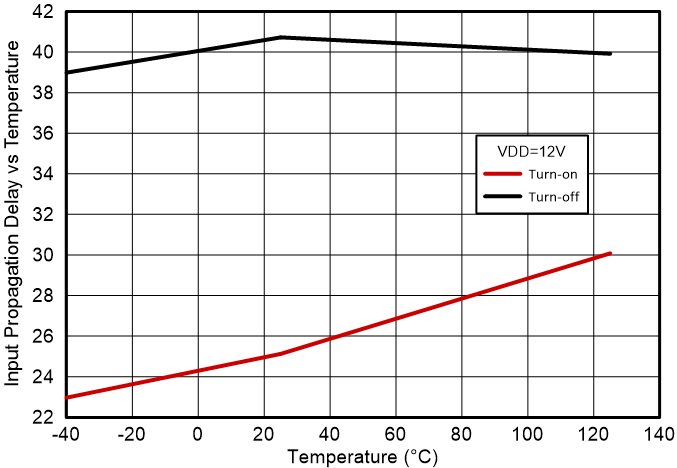
| CLOAD = 10 nF |
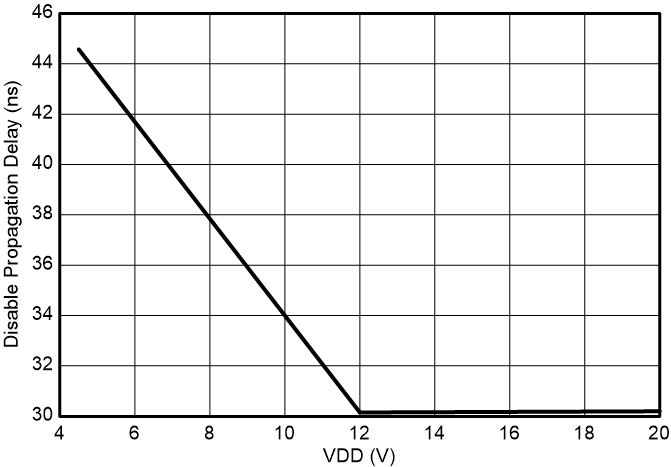
| CLOAD = 10 nF |
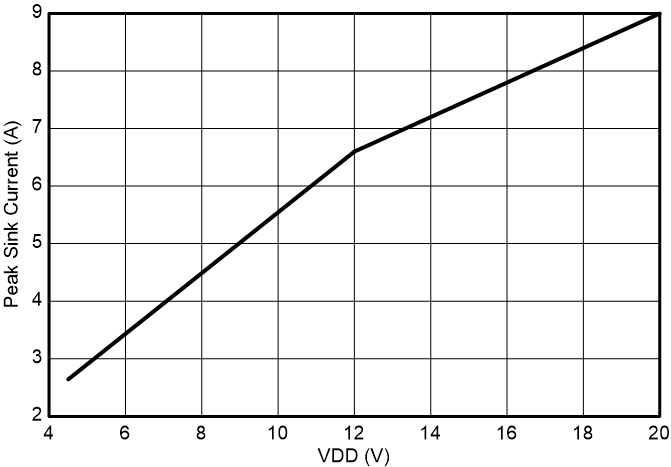
| CLOAD = 10 nF |
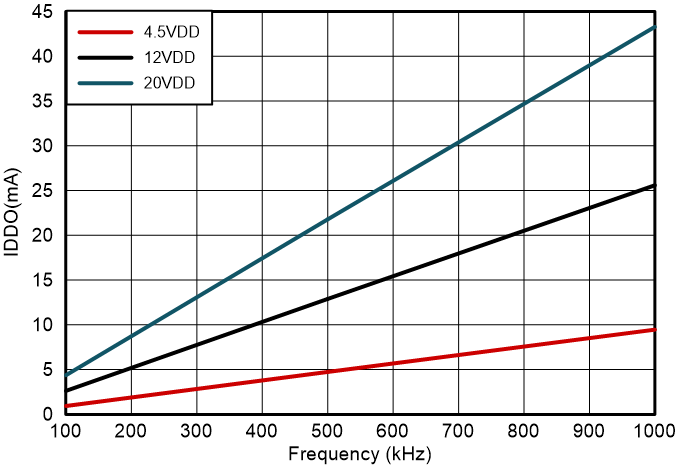

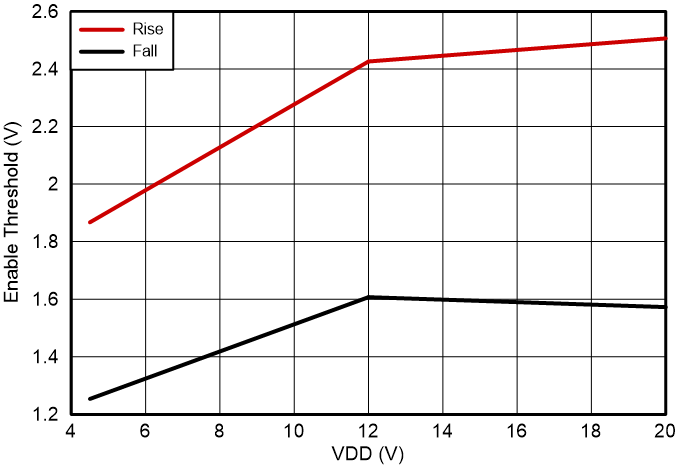

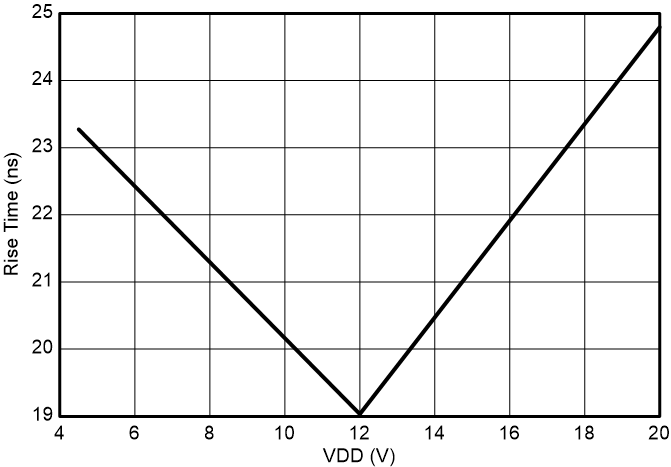
| CLOAD = 10 nF |

| CLOAD = 10 nF |
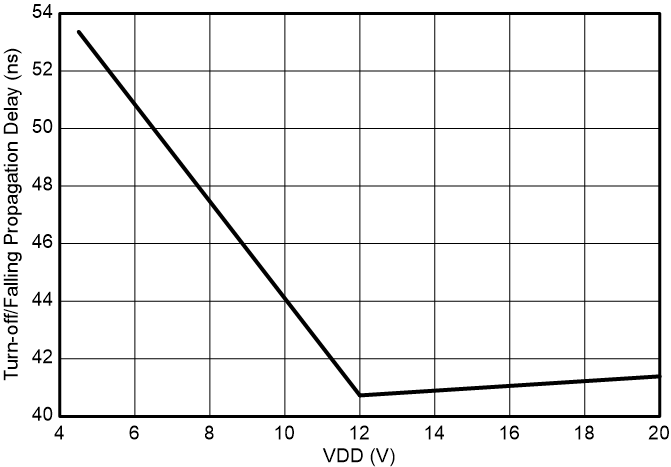
| CLOAD = 10 nF |

| CLOAD = 10 nF |
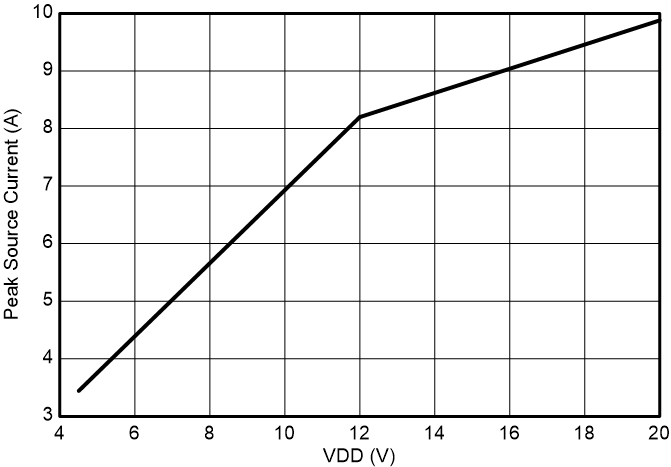
| CLOAD = 10 nF |